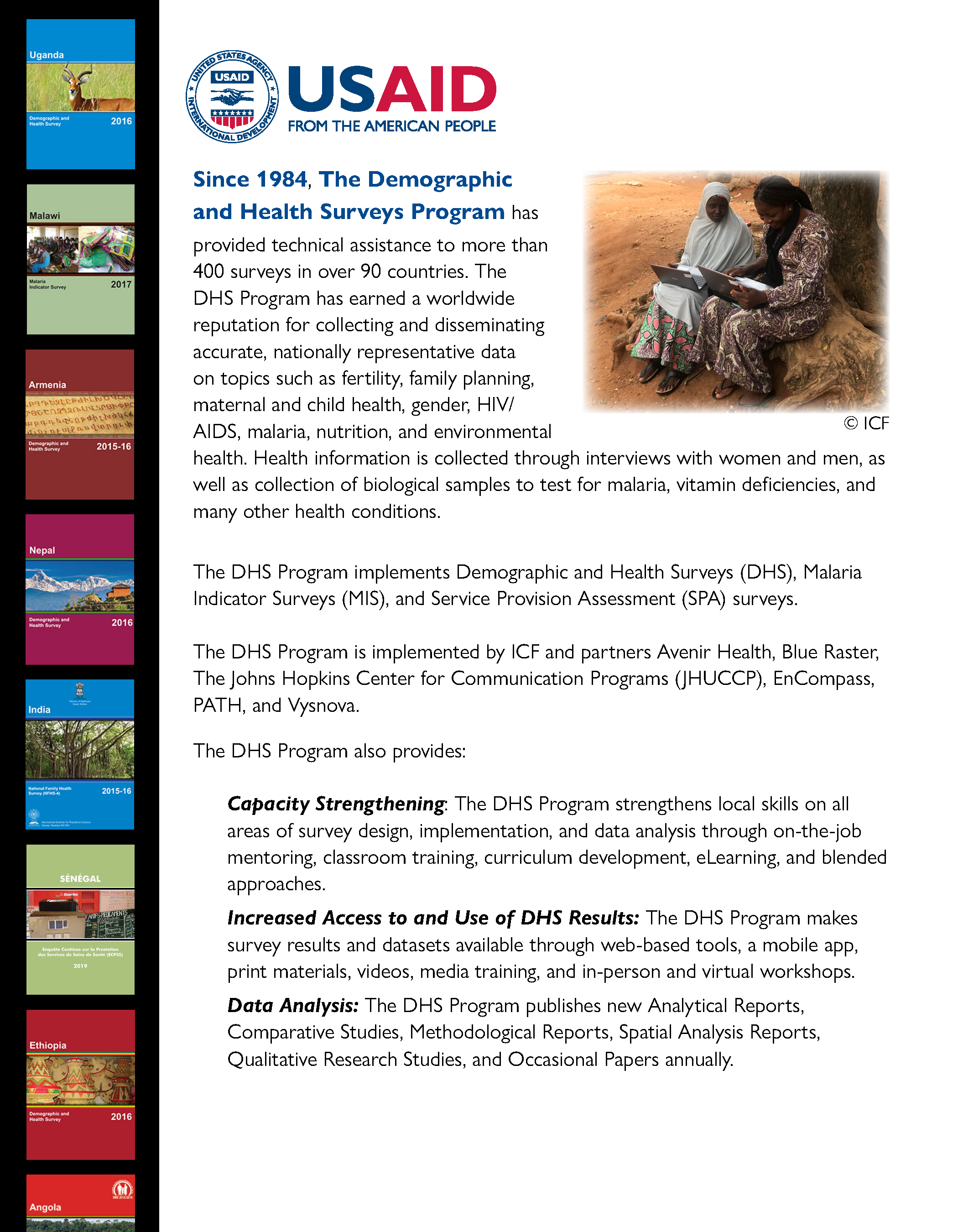Press Releases
Child survival and maternal health continue to improve in Rwanda
Kigali, Rwanda
Rwandan children and mothers are healthier than ever before according to the 2010 Rwanda Demographic and Health Survey (RDHS). Fewer children are dying before their fifth birthday.Fewer women are dying due to pregnancy or childbirth related causes.
Rwanda has one of the lowest under-five mortality rates in the region. Less than 1 in 13 children dies before his or her fifth birthday in 2010 compared with about 1 in 6.5 children in the 2005 RDHS.
Fewer children are dying because of high vaccination coverage and safer childbirth.90% of children are fully immunized.Rwanda leads the region in protecting its children from infectious disease.Childbirth has never been safer as more women are cared for and assisted during pregnancy and delivery by skilled providers. Nearly 7 in 10 deliveries occur at a health facility compared with 4.5 in 10 in 2007-08.Nearly 7 in 10 deliveries are assisted by skilled providers compared with 5 in 10 in 2007-08.Homebirths have decreased to 30% compared with 49% in 2007-08.In addition, more children are using mosquito nets and avoiding malaria.70% of children slept under a long-lasting insecticide treated net the night before the survey compared with 56% in 2007-08.
Fewer women are dying due to pregnancy or childbirth related causes.The maternal mortality ratio is 476 maternal deaths per 100,000 live births compared with 1,071 in the 2000 RDHS and 750 in the 2005 RDHS.For this trend to continue, efforts to improve maternal health services during pregnancy and childbirth and after childbirth must continue.Homebirths are twice as common in rural areas than in urban areas. Less than 1 in 5 women receive postnatal checkup within two days as recommended.
The 2010 RDHS also reports total fertility rate of 4.6 births per woman at a record low for the nation and family planning use of 45% at a record high for the nation.Despite steady improvements in key health areas, many challenges remain.Nearly 1 in 5 married women have an unmet need for family planning for either limiting births or spacing births.Infants born less than two years after a previous birth are twice as likely to die before their fifth birthday. Malnutrition among children remains unchanged while anemia among children has decreased. Forty-four percent of children are malnourished; 38% of children are anemic compared with 52% in 2005.
The RDHS collected data from September 2010 to March 2011 and was conducted by the National Institute of Statistics of Rwanda. The survey interviewed over 12,500 households, 13,600 women age 15-49, and 6,300 men age 15-59. Technical assistance was provided by ICF International, as part of the Demographic and Health Surveys project. Funding for the RDHS was provided by the Government of Rwanda; the United States Agency for International Development (USAID); the United Nations Children's Fund (UNICEF); the Centers for Disease Control and Prevention/Global AIDS Program (CDS/GAP);the Global Fund to Fight AIDS, Tuberculosis, and Malaria; the United Nations Population Fund (UNFPA); and World Vision.
Additional information about the survey can be obtained from the National Institute of Statistics of Rwanda (NISR), P.O. Box 6139 Kigali, Rwanda; Email: info@statistics.gov.rw; Internet: www.statistics.gov.rw.
